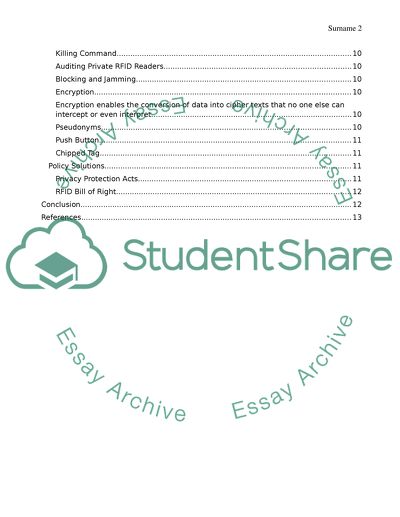Cite this document
(“Use of RFID technologies for identification, tracking Term Paper”, n.d.)
Retrieved from https://studentshare.org/information-technology/1496817-use-of-rfid-technologies-for-identification
Retrieved from https://studentshare.org/information-technology/1496817-use-of-rfid-technologies-for-identification
(Use of RFID Technologies for Identification, Tracking Term Paper)
https://studentshare.org/information-technology/1496817-use-of-rfid-technologies-for-identification.
https://studentshare.org/information-technology/1496817-use-of-rfid-technologies-for-identification.
“Use of RFID Technologies for Identification, Tracking Term Paper”, n.d. https://studentshare.org/information-technology/1496817-use-of-rfid-technologies-for-identification.


